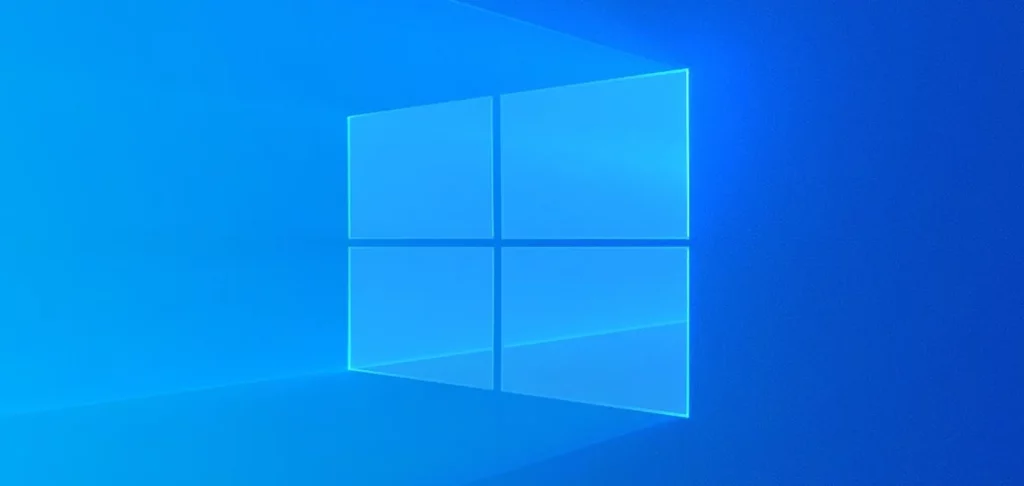Having a set of programs to start up automatically during the initial log-in process is a convenient way to increase work efficiency. If you use certain applications frequently, chances are that Windows 10 is already configured to execute or open the apps without having to do it manually. However, there are times when start-up programs might be more frustrating than helpful.
Often, start-up programs can slow a computer’s performance. This most likely rings true to those who are still running an older system or, more specifically, those who have yet to upgrade their system’s storage to SSD. As a side note, consider an SSD purchase if your PC’s slowness is becoming unbearable.
Contents
Disable Your Start-up Programs
To at least mitigate the effect, you can opt to either disable some of the start-up programs or replace them with other applications that are more light-weight. For Windows 10, it’s pretty easy. First, we will discuss how to disable these start-up apps.
- Hit the Windows key on your keyboard then type startup.
- Press Enter. Afterward, you should see a list of start-up apps that are currently enabled/disabled, along with the degree of impact it has on the PC’s performance. You can prevent programs to start automatically by turning the slider off.
Change Default Start-up Programs
Now, you can rest assured that programs that you don’t need to not burdening the running of your system at log-in. On the other hand, if you want to add or change some start-up applications, the method to do so is more complicated. Don’t worry though, simply follow the step-by-step guide below.
- Find the shortcut file of the program you want to add. To do this, you can often easily locate it on the desktop. Another way to do this is by hitting the Windows key and type the name of the app —> right-click on the application —> then select Open file location. Remember, we are looking for the shortcut file instead of the executable program itself.
- Once you’ve found the shortcut, press the Windows and R key at the same time, then type shell:startup and hit Enter.
- A folder window should appear, named Startup. From there, you need to simply copy the shortcut file to the Startup folder.
- Next, go to the Startup Apps control panel. The steps on how to do so are explained previously in the article. In case you forgot, Hit the Windows key —> type startup then hit Enter.
- Subsequently, as mentioned before, you can see the list of enabled or disabled start-up applications. After following the previous steps, you should see the program you want to add is added to the list. Make sure you enable it and, if needed, disable the old app that you wish to replace.
Keep in mind that the disabled programs are not gone completely, they are still in the computer’s memory but not operating. If you want to completely erase certain apps, consider uninstalling them instead. To do so, press the Windows key, then type add or remove programs.
After that, you should see a search bar containing “Search this list” placeholder text. On the search bar, type the name of the program you want to uninstall —> click on it —> then select Uninstall.
Using Task Manager to Change Start-up Programs
As a side note, you can also enable or disable start-up applications through Windows Task Manager. Here’s how:
- Either right-click the taskbar then select Task Manager or press Ctrl +Alt + Delete to open the task manager.
- At the bottom of the window, click More details if necessary.
- Go to the Startup tab. There, you should the same start-up list as before, along with each of its impacts on the system.
- To enable or disable a start-up program, right-click on the appropriate app, then select Enable/Disable.
That’s it! You should see an improved startup performance if the weight of the apps you disable caused it.




